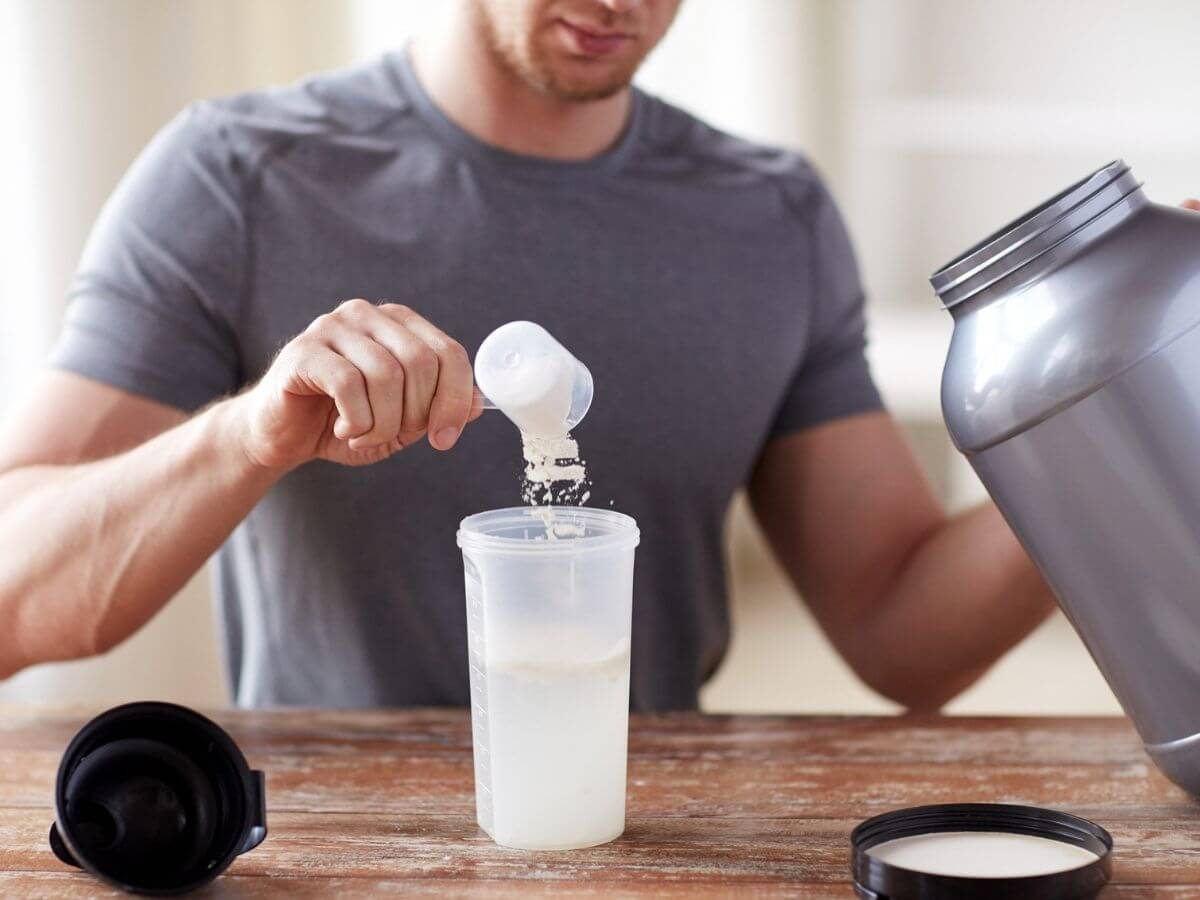How to Calculate Macros for Weight Loss

There are many strategies you can use to lose weight and maintain a healthy weight. All of them involve reducing your caloric intake and/or increasing the number of calories you burn. However, one type of flexible dieting focuses on what’s referred to as “macros,” and many people find it to be an effective way to lose unwanted pounds.
What Are Macros?
“Macros” is short for macronutrients — the four types of food molecules that your body can break down to produce energy. Alcohol is one of them, and it’s not included in this type of eating plan. The other three macronutrients are protein, carbohydrates, and fat.
What’s called the IIFYM diet (for “if it fits your macros”) uses these three macros as the basis for developing an eating plan that helps you lose weight.
Introduction to Calculating Macros
When calculating your macros, you need to know that:
- Protein has 4 calories per gram.
- Carbohydrates have 4 calories per gram.
- Fat has 9 calories per gram.
With those numbers in mind, you then take these steps:
- Calculate your basal metabolic rate (BMR). This is done using an equation that factors in your height, weight, age, and sex.
- Adjust your BMR based on your activity level. You multiply your BMR by a number representing your activity level to get what’s called your total daily energy expenditure (TDEE).
- Adjust your caloric intake to achieve your weight loss goals. To lose weight, you reduce your caloric intake by 15-25%.
- Determine your macros. Your protein intake should be 0.7-1.0 grams per pound of body weight. Your fat intake should be 0.25-0.4 grams per pound of body weight. All remaining calories can come from carbs.
Generally speaking, for weight loss, you reduce calories while increasing protein consumption. This helps you lose body fat while preserving lean muscle mass.
There are several websites and apps you can use to track your macros and make it simple and achievable. And, as long as you stay within your macros, you can eat whatever you choose. Many people find they’re able to stick with this approach because it gives them the freedom to enjoy any type of food within the system’s guidelines.
Take Control of Your Health
Staying at a healthy weight is one of the best things you can do for your long-term health. Learn how weight can impact your quality of life, and discover your healthy weight range by taking our free, online healthy weight range assessment. Take the assessment.
How to Read Nutrition Labels
People who start the IIFYM diet very quickly become experts in reading food nutrition labels. Labels indicate how many grams of protein, carbs, and fat a portion of food has. Those figures are used in counting macros.
However, another important number you need to look for on a nutrition label is servings in the container. That number must be multiplied by the number of grams of different components to tell you the total grams of, say, fat in the food.
For example, if an item’s nutrition label says it has 3 grams of fat per serving and there are 2 servings in the package, if you eat the whole package, you’ve consumed 6 grams of fat. It’s not uncommon for people to focus only on the number of grams of a particular macro and to feel like they’ve stayed within their plan when they consume the whole package, only to realize later it had 3 or 4 servings—meaning, in some cases, that they greatly exceeded their macros.
Helpful Weight Management Resources
If you’re looking to manage your weight more effectively, a health risk assessment (HRA) can be very useful. It’s a free, confidential questionnaire that helps you better understand your health risks.
Another helpful resource is the Baptist Health HMR Weight Loss Program. This nutrition-based program is safe and effective and has been awarded the best FAST Weight Loss Program in America by US News and World Report for five consecutive years.
When you set yourself up for success, reaching a healthier weight can be easier than you think!
Next Steps and Useful Resources
Find a Provider
Take a Healthy Weight Assessment
Did You Gain Weight During Quarantine? Here’s How to Lose It.
Does Food Tracking Help With Weight Loss?
Medical Weight Loss Frequently Asked Questions



